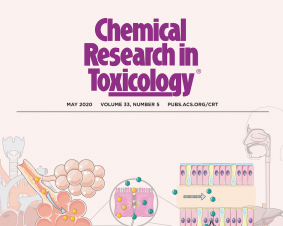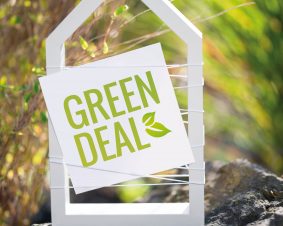 >
Spotlight October 2022: The titanium dioxide debate – why the current ECHA and EFSA hazard classification should be questioned
>
Spotlight October 2022: The titanium dioxide debate – why the current ECHA and EFSA hazard classification should be questioned
Due to various reports and scientific studies, titanium dioxide (TiO2)was also banned in Europe this year (2022) for use as a food additive with the indication that it could possibly be carcinogenic to humans. Although no case of tumour induction in humans has been reported since the use of this material in micro but also nano size in many products (included in paints as a white pigment for more than 80 years and permitted in foodstuffs in Europe since 2008) the European Chemicals Agency (ECHA) and the European Food Safety Authority (EFSA) have concluded that the evidence would be sufficient to apply a new classification.
However, the British Committee on Mutagenicity of Chemicals in Food, Consumer Products and the Environment (COC) and Health Canada disagree and continue to classify TiO2 as harmless because they consider the evidence from the submitted reports to be inconclusive and inapplicable.
The two here presented recent publications now comment on this new classification in Europe and come to the conclusion that this classification must be reconsidered, as there is no evidence for such a direct genotoxic effect of TiO2 in consumer products, would thus follow the British and Canadian example. The example of TiO2 makes it clear how important it is in the future to carry out toxicological tests exactly according to protocol and thus produce high-quality and comprehensible “FAIR” results (cf. Spotlights September 2022 and August 2021).
Original publications:
- Driscoll, K.E. (2022). Review of Lung Particle Overload, Rat Lung Cancer, and the Conclusions of the Edinburgh Expert Panel-It’s Time to Revisit Cancer Hazard Classifications for Titanium Dioxide and Carbon Black. Front Public Health 10, 907318
- Kirkland, D., Aardema, M.J., Battersby, R.V., Beevers, C., Burnett, K., Burzlaff, A., Czich, A., Donner, E. M., Fowler, P., Johnston, H.J., Krug, H.F., Pfuhler, S., Stankowski, L.F. (2022). A weight of evidence review of the genotoxicity of titanium dioxide (TiO₂). Regulatory Toxicology and Pharmacology, in press, journal pre-proof

Weitere Spotlights
Spotlight October 2020: Nanosafety – Topic of the Future
Research on nanosafety is a driver of innovation as the spotlight in July has demonstrated. But furthermore, this research field is built on routine as well if researchers look for the “needle in the haystack”. In many areas the safety research initiates the development of new methods, e.g. for the determination of nanoparticles within exposed organisms via […]
Read moreSpotlight May 2021: Towards safe and sustainable innovation in nanotechnology: State-of-play for smart nanomaterials
The European Commission’s new Action Plan for a Circular Economy Green Deal, the new European Industrial Strategy as well as the Chemicals Strategy for Sustainability presented in October 2020 are ambitious plans to achieve a sustainable, fair and inclusive economy in the European Union. These strategies require that any new material or product must not […]
Read moreSpotlight April 2021: Nanomaterials and Fake News – a commentary based on an example
In February 2021, the article “The invisible killer lurking in our consumer products” appeared, describing nanoparticles as a greater danger than Corona [1]. “The use of nanomaterials” would be “unregulated” and “nanomaterials are so small that they cannot be determined once they are part of a product”. So what is the truth of these statements? […]
Read moreSpotlight March 2021: Is Nanotechnology the Swiss Army Knife against Future Pandemics?
The COVID 19 outbreak has led to a fundamental rethinking of existing approaches to diagnosis, treatment, and prevention methods. The need for better and more efficient concepts is global and urgent. Nanotechnology has long been at the forefront of innovation and has led to advances in many different disciplines. Could this interdisciplinary field help develop […]
Read more


